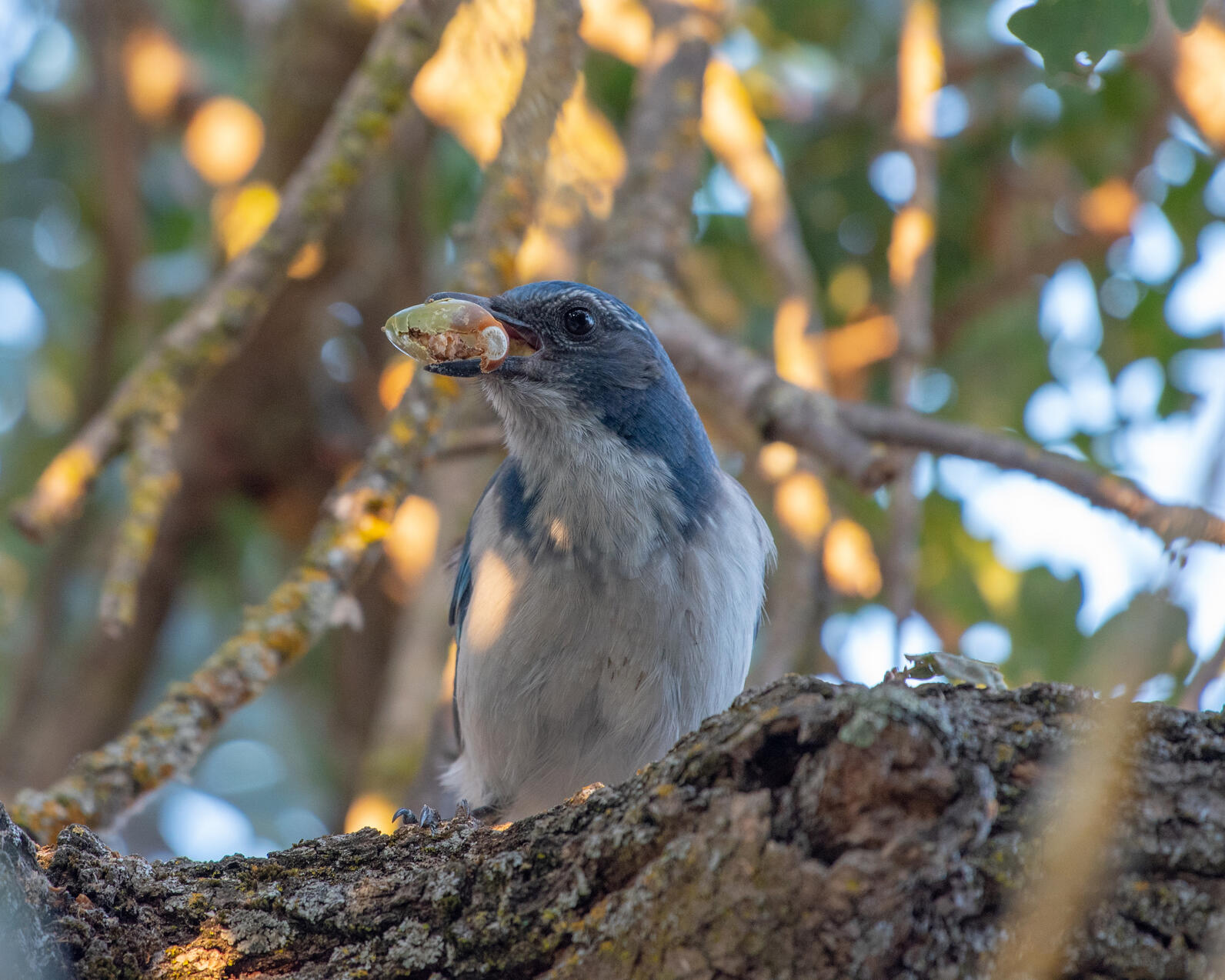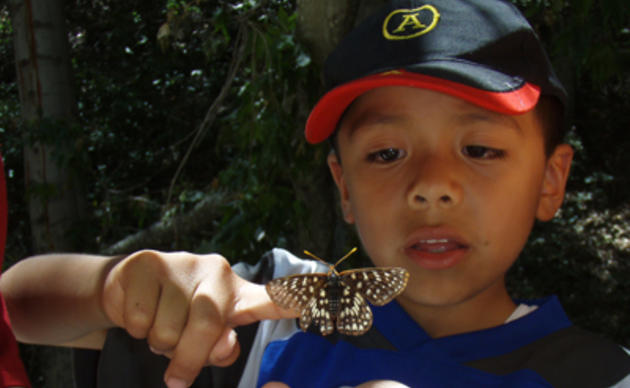
“It sounds just like this.”
“cheedle cheedle chee? cheedle cheedle chew!”
“You mean like that?”
We turned around and there it was: The Least Bell’s Vireo, perched atop an Arroyo Willow singing its song. There in the heart of Los Angeles was a federally listed endangered species, recently returned from its migration north from Southern Mexico and now staking out territory for nesting. Although surrounded by sprawling industrial and residential areas, Rio de Los Angeles State Park provides invaluable riparian habitat which the Vireo uses to nest. Threated by urbanization and habitat degradation, pockets of refuge such as Rio de Los Angeles SP are essential for the survival of this species as well as other vulnerable wildlife.
From sprawling parking lots to an expansive network of freeways fragmenting the landscape, Los Angeles may not seem like a prime wildlife viewing destination. After all, who would choose the so-called “entertainment capital of the world” as great wildlife habitat? As it turns out, Los Angeles County has some of the greatest biodiversity, or variety of life, in the United States. From mountains to beaches to deserts, the diverse ecosystems of LA County allow for a huge diversity of plants, animals and fungi. LA County also has the highest amount bird diversity over any other county in the US. Los Angeles County boasts 518 native bird species as well as 10 naturalized non-native species, like the noisy yet lovable Red-crowned parrots. These birds provide more than just aesthetic value, they provide ecosystem services that enhance humans lives as well. Sparrows and swifts help control disease-carrying mosquito populations. Scrub Jays help reforest areas by planting acorns. Hummingbirds help to pollinate plants. Raptors help to control rodent populations. Turkey Vultures help with organic waste removal and sanitation. These are just a few examples of the myriad ways that birds are an integral part of the urban landscape.
Many of our urban bird species have adapted well to life alongside their human counterparts. Rock pigeons rummaging through trash, Mallards swimming at your local park, and Crows cackling are all common sights across the city. Others however, like the Least Bell’s Vireo, are not so lucky. Urbanization and loss of habitat continues to replace natural spaces with housing and roads. City lights confuse and disorient migrating birds, who rely on stars and dark skies for navigation. Pesticide use decreases food availability for insect-eating species. Rodenticide poisons hawks and owls, who might prey on drowsy but poisoned rats and mice. Feral cats kill wild birds in disproportionately large numbers (feral cats are estimated to kill about 2.4 billion birds per year in the US alone).
But it’s not all bleak. Several organizations have rallied around our urban birds and are seeking to place protections and create habitat for them to thrive. For example, the Audubon Center at Debs Park along with its partners and volunteers have been restoring habitat for the Least Bell’s Vireo at Rio de Los Angeles State Park. A few individuals have been spotted this year, and there is hope that they will have a successful nesting season. There are also things that you can do at home that can help support urban bird populations.
- Turn of nonessential lights during migration season
- Plant native plants
- Reduce or eliminate use of pesticides, herbicides, and rodenticides.
Come visit us at the Audubon Center to watch urban birds, participate in habitat restoration, and learn about what else you can do to be allies with our urban birds!
Every year the Audubon Center at Debs Park celebrates urban birds in partnership with Synchromy and the Arroyo Arts Collective. If you missed our celebration you can still visit and enjoy Within::Without: Windows to an Inclusive Future, enjoy from May 13th, 2023 to June 10th, 2023.
Sign-up to receive updates on our events
We send out periodic emails about programs, events, and volunteer opportunities at the Center.




